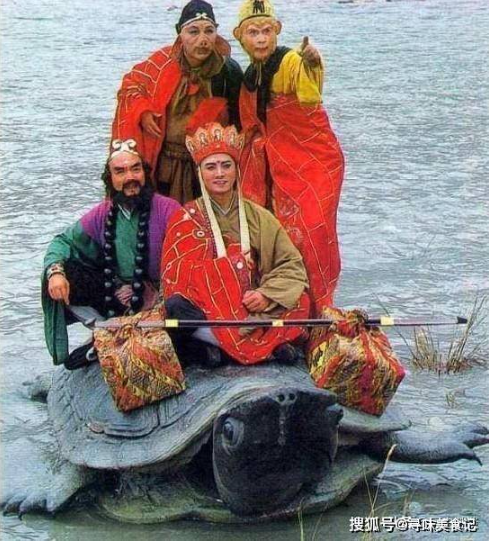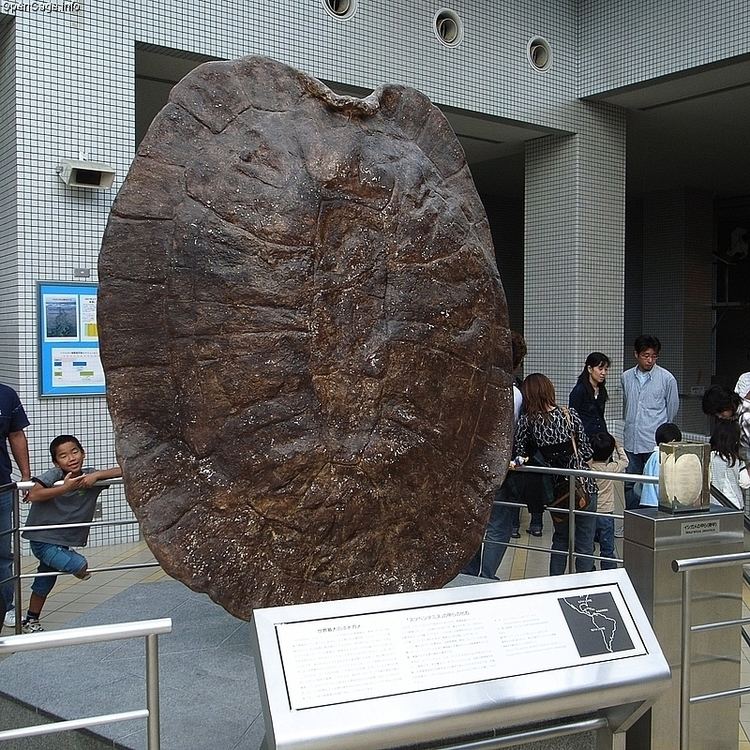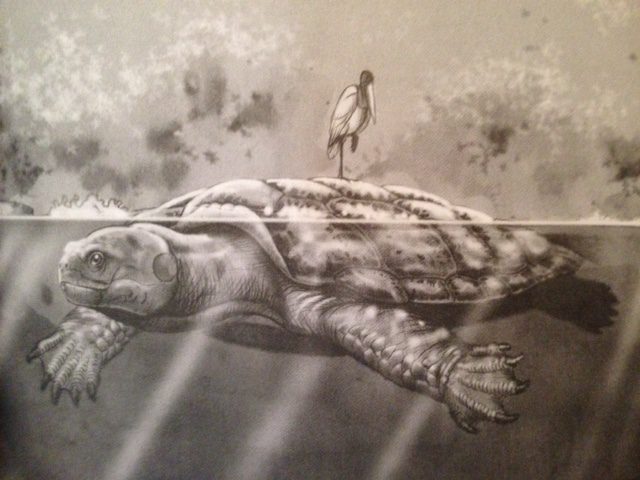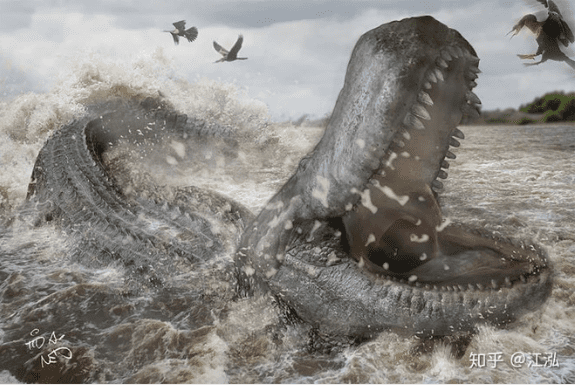In “Journey to the West”, on the way to the capital city, when the four monks traveled across the Tongtian River, they could not find a boat to cross the river, so they decided to build a large raft. When they arrived, Lao Rùa mentioned that when crossing to the Western Heaven, they encountered Buddha. The monk’s response was: “I have a condition that has persisted for three hundred years without taking on a human form, although I can speak and live long, yet I cannot escape this fate! Please grant me permission to become human.”
When the Tang monks arrived at the capital, they had forgotten about this matter, and so when they returned across the Tongtian River and met Lao Rùa again, Lao Rùa offered to help them cross the river. At the riverbank, Lao Rùa asked the Tang monks how long they had been practicing. The Tang monks, having forgotten, fell silent. In the end, all four monks had to wait for Lao Rùa to use magical powers to pull them across the river. The scriptures were lost and were no longer intact. This was indeed the 81st trial that the Tang monks had to overcome.
In “Journey to the West,” when the four monks crossed the Tongtian River, due to the lack of a boat, they had to build a large raft. (Image: Sohu)
Many people feel quite confused about whether the character Lao Rùa originates from a mythological creature or is just an ordinary animal. Most agree that Guanyin Bodhisattva is a creative genius who invented a literary masterpiece of Chinese literature. Although Lao Rùa in “Journey to the West” is just a character created by Wu Cheng’en, in reality, there indeed existed a type of turtle that could have inspired many people to think of it like that.
The Giant Turtle Species
What type of turtle could be so large? Is it due to a genetic mutation or some other reason? Why do we no longer see the shadow of this turtle species today?
The giant turtle species we are referring to here is the Stupendemys geographicus, where “Stupendemys” means “giant turtle.” Sadly, Stupendemys geographicus is now extinct. Stupendemys geographicus was a freshwater turtle species. Fossils of it have been found in northern South America, from the Middle Miocene to the beginning of the Pliocene, approximately 13 to 5 million years ago. This turtle species could grow up to nearly 4 meters long, and it is estimated that its length could reach over 5 meters due to its long shell and weight exceeding 500 kg. With such a size, it could easily carry a few people on its shell at the same time.
Comparison of the large size of the Stupendemys geographicus turtle with current turtles and humans. (Image: Sohu)
The first fossils of this species were found in the 1970s and were named in 1976. Most of the fossils have been discovered in Brazil, Colombia, Venezuela, and a few other countries. Scientists believe that the Stupendemys geographicus turtle used to live in the northern region of South America.
According to the geological strata where fossils have been found, this giant turtle often lived in ponds and swamps in warm and humid climates or in slow-flowing rivers. They spent much of their time in the water and primarily fed on vegetation.
After that, Venezuelan paleontologist Rodolfo Sánchez and his team discovered a specimen of the giant Stupendemys geographicus in Urumac, Venezuela, dating back about 8 million years. This specimen is considered the most complete version of the Stupendemys geographicus turtle. Notably, in this specimen, they found some unique characteristics that had not been discovered before this, such as its long neck. However, the specimens of the Stupendemys geographicus found later have shorter necks. These unique characteristics resemble those of modern terrestrial turtles.
The Turtle Only Had One Natural Predator
According to paleontologists, the Stupendemys geographicus, with its large size, was to be a natural predator of its time. The only natural predator of the Stupendemys geographicus was the Purussaurus, which was a genus of giant caiman that lived in South America during the Miocene epoch, from Colhuehuapian to Montehermosan in the SALMA classification.
Thus, scientists conclude that the fossilized remains of the Stupendemys geographicus turtle only reveal the remains of its only predator, the Purussaurus. Only the predator’s teeth could penetrate the incredibly tough shell of the Stupendemys geographicus.
To this day, Stupendemys geographicus is recognized by scientists as the largest turtle species ever discovered by humans.
The closest living relative of the Stupendemys geographicus is the Podocnemis expansa. (Image: Sohu)
From the fossil remains of the Stupendemys geographicus, researchers have discovered numerous gene sequences relevant to several contemporary turtle species living in the Amazon today. The closest living relative of the Stupendemys geographicus is the Podocnemis expansa, which inhabits a freshwater ecosystem in South America. The Podocnemis has a body length of about 1 meter and weighs around 90 kg.
Sources: Sohu, AZ Animals



























